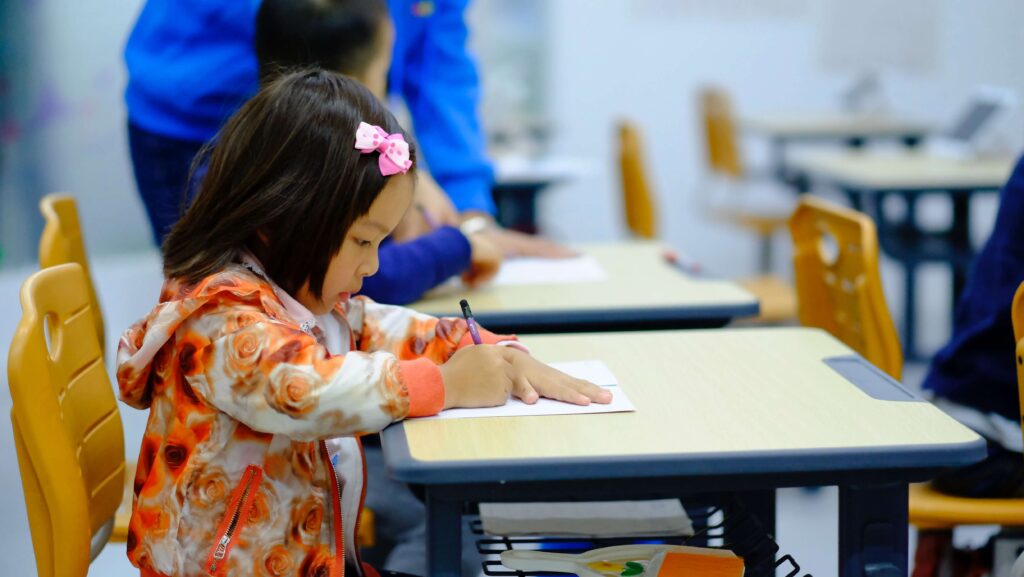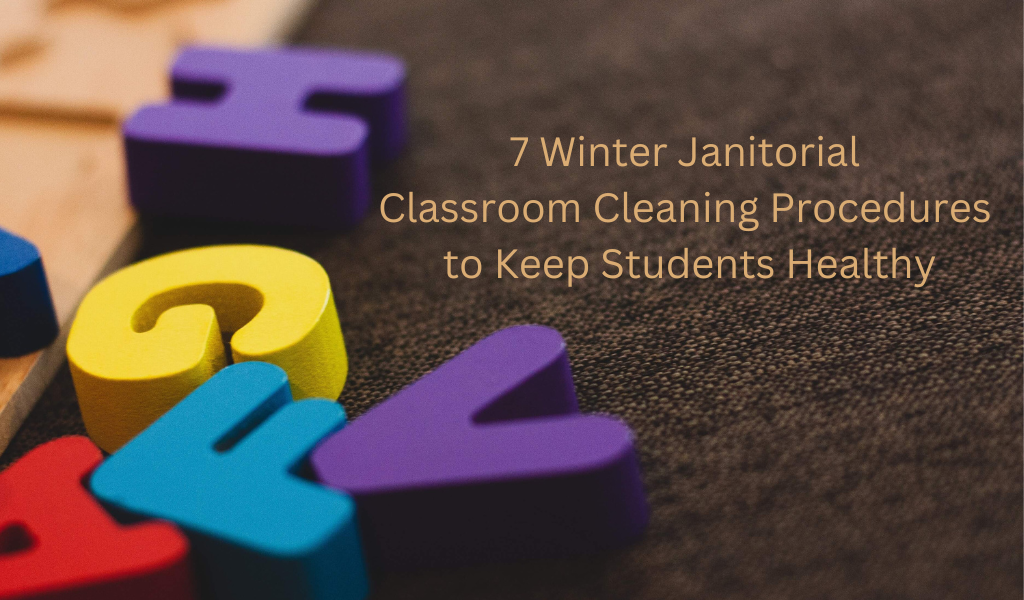The classroom cleaning procedures you include on your checklist can be the difference between healthy students and rampant colds and flu.
We all know schools are germ factories. Kids don’t have mature immune systems, so germs thrive and spread through sneezes, sniffles, runny noses, and coughs. As hard as it is to combat the forces of younger humans, your classroom cleaning procedures are the best bet against spreading infections.
Of course, all those germs spreading around isn’t a big surprise. The Centers for Disease Control and Prevention (CDC) points out that the flu virus can live on surfaces for up to 48 hours. The Cleveland Clinic points out that the viruses that cause the common cold can live on surfaces for nearly a week, though they are most viable in the first 24 hours.
The Cleveland Clinic also points out that some bacteria, such as salmonella, can survive up to four hours on hard surfaces. And if we want to get into some truly frightening data, Clostridium difficile (C. diff), which causes diarrhea and colitis, is viable for up to five months on hard surfaces, according to a study published in the Journal of Clinical Microbiology.
Add to that the fact that you have small, closed rooms with 20 or 30 students for hours every day, and you have an ideal environment for the spread of contagions. Given these conditions, keeping students healthy might seem like a challenge. You’re right. It is a challenge. And while you may not keep every child from catching a cold, the proper janitorial classroom cleaning procedures can do a lot to prevent major infectious outbreaks.
Keep up with your cleaning schedule and checklists. Learn more today with a discovery call and find out how to make your cleaning operation more efficient, cost effective, and safer for everyone!

7 Classroom cleaning procedures to keep the winter germs away
1. Windows and fans. One of the best ways to clear airborne particles from a room is to open two windows and use an exhaust fan in one of them. It’s a simple, low-cost, effective way to move germs and contaminants out while introducing fresh, clean air. This isn’t always an option, but even just a few minutes each hour can help. You may also need to enlist the help of teachers to do this, if possible. Even partially opening one window without a fan is better than a completely closed space. Again, this may be a challenge, especially in winter. Still, it’s a great addition to your classroom cleaning procedures if you can manage it.
2. Change HVAC filters. Clean filters make a tremendous difference in how clean the air is in a classroom. Use the proper filters and ensure they are replaced and positioned correctly. If this isn’t part of your contract, see if you can either include it as an add-on service, or remind the facilities manager how vital clean filters are to student health and wellness.
3. Switch to microfiber. Even if you prefer cotton cloths and mopheads in the summer, it’s helpful to switch to microfiber as part of your winter classroom cleaning procedures. The Western States Pediatric Environmental Health Specialty Unit points out that cleaning with a mild detergent and microfiber cloth is just as effective as using cotton with a chemical disinfectant, making green cleaning a viable option for classrooms.
4. High-touch surfaces. You know this one. You’ve read about them here and have undoubtedly heard how important it is to clean and disinfect high-touch surfaces. Unfortunately, this has been such a noted cleaning procedure that it’s easy to overlook it, even on a checklist. And yet, if you think about how many hands cover coughs and sneezes, then grab door handles, faucets, or water fountains, it’s clear that cleaning these surfaces is essential.
5. Use the right cleaning products. We’re likely all familiar with the EPA List N from COVID-19. However, these products were initially selected because they kill numerous other pathogens. There are hundreds of products on the list. You can filter by surface types, contact time, pathogen type, formulation, active ingredient, and more. There are several green cleaning products listed, as well.
6. Contact time. Speaking of the right products, it’s also vital to pay attention to dwell time as part of your classroom cleaning procedures. Products are not nearly as effective as they can be if you just spray and wipe immediately. Depending on the product, contact time can be as little as 10 seconds or as much as 30 minutes.
7. Take care of your team. It’s not just students and staff that you need to worry about with winter cold and flu season. If your team gets sick, you won’t be taking care of anyone. Your commercial cleaning employees are in the halls, bathrooms, offices, and classrooms of every school building on your roster. What can you do to keep them healthy and ready for work? There’s a lot, as it turns out. First, make sure they have the PPE they need to protect themselves. Encourage hand washing, and make sure they have time to get outside for some fresh air throughout the day. It’s also a good idea to encourage people to stay home if they are sick. Though you might be down a person, they’ll recover more quickly with adequate rest, while the other members of your team won’t be as exposed to cold and flu viruses.
Your classroom cleaning procedures are the key to healthy students. However, school staff and your team will benefit, too! And that’s why keeping people healthy gets you an A+ grade.
Keep health and wellness at the forefront of your janitorial strategy. Schedule a free call with Janitorial Manager to learn how mobile-friendly janitorial software can help your team improve conditions for everyone.

